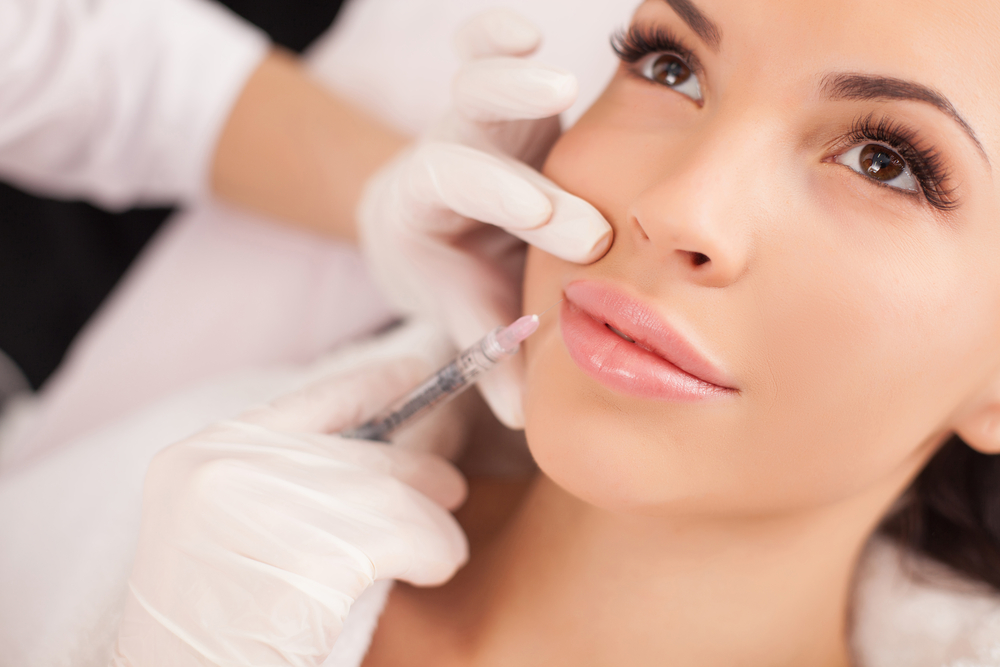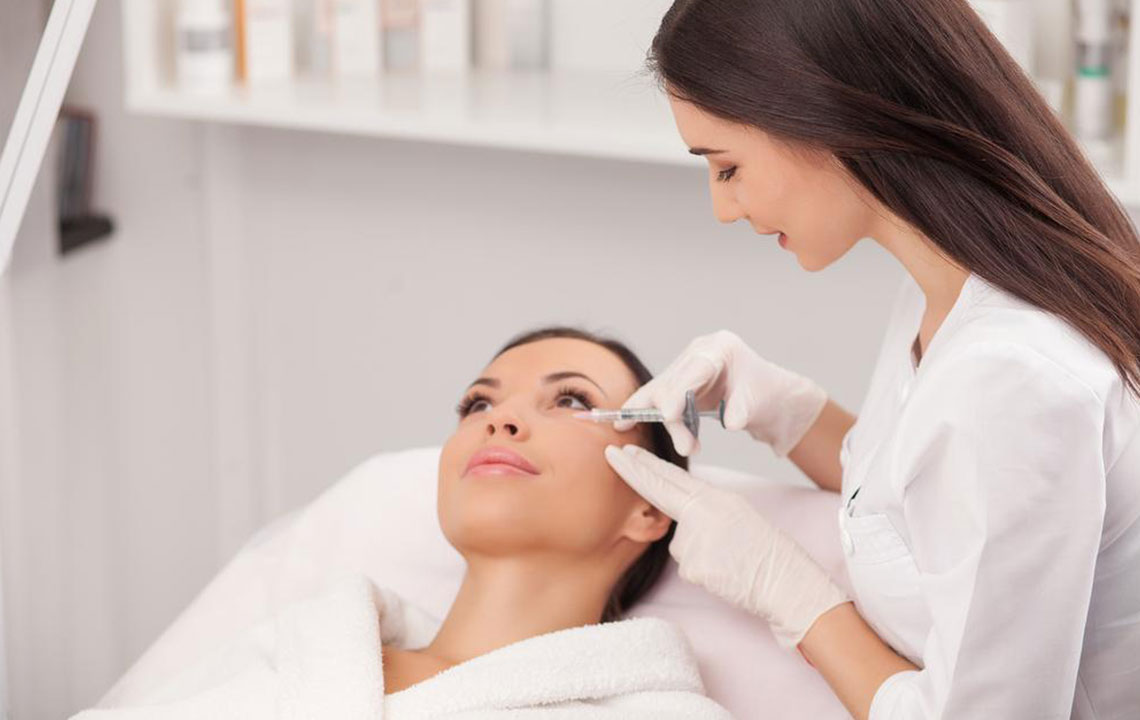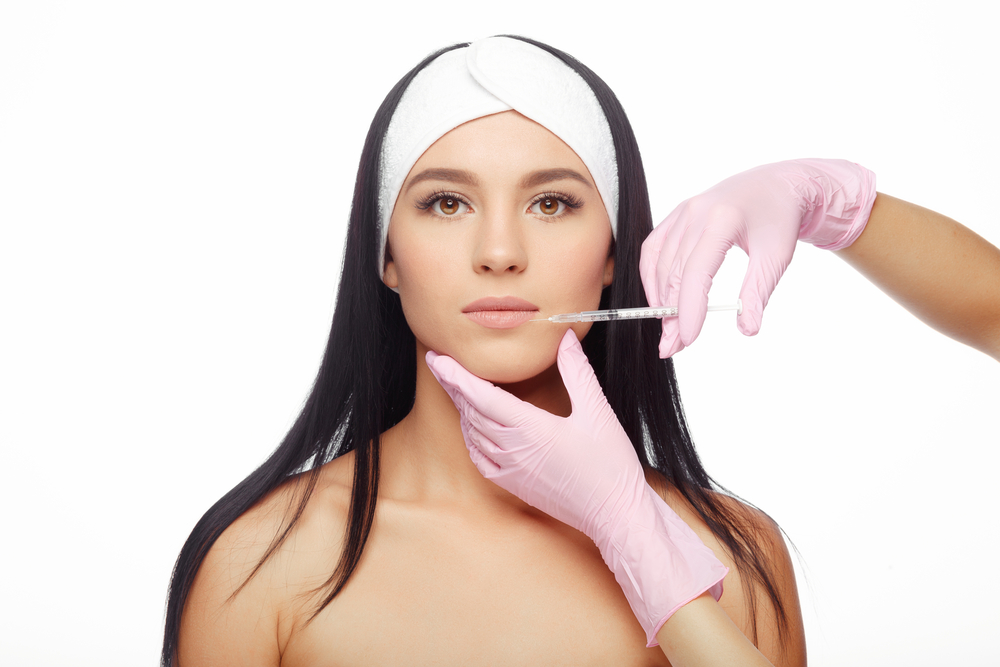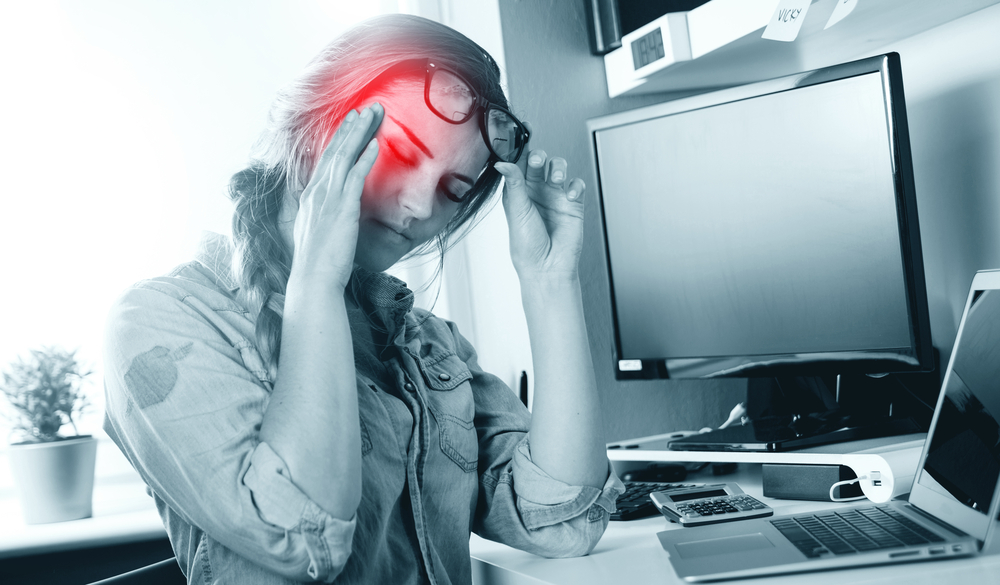Top 10 Medical Applications of Botox Therapy
Discover the versatile medical applications of Botox beyond cosmetics, including treatments for migraines, excess sweating, eyelid spasms, and more. This article highlights the top 10 conditions treated with Botox, emphasizing the importance of professional consultation for safe and effective therapy. Learn how Botox relaxes muscles and nerves to improve quality of life for patients suffering from various neurological and muscular disorders.
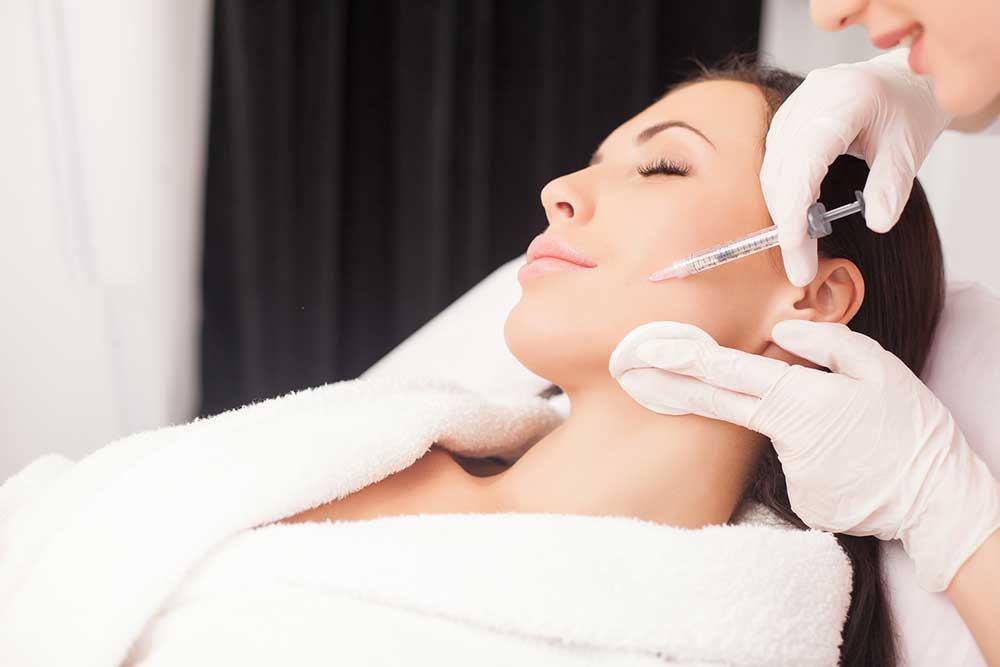
Top 10 Medical Uses of Botox
Botox, derived from the bacterium Clostridium botulinum, produces a natural toxin found in soil, lakes, and forests. Commonly associated with cosmetic procedures, Botox is also widely used in medicine to treat various muscular and neurological conditions. Recent advances have expanded its use to over 20 medical disorders, making it a versatile treatment option. Here are the ten most notable medical applications of Botox:
Blepharospasm
Eyelid spasms occur when the nerves controlling the eyelid muscles malfunction, causing twitching and drooping. Botox temporarily blocks nerve signals, relaxing the muscles and alleviating symptoms.
Strabismus (Crossed Eyes)
Originally approved for this condition, Botox relaxes the eye muscles, correcting misalignment with less discomfort and offering a durable solution.
Excess Salivation (Hypersalivation)
Excessive drooling, often caused by health issues or medications, can be treated with Botox injections into salivary glands, reducing saliva overproduction.
Severe Sweating (Hyperhidrosis)
Botox effectively decreases sweating in areas like the face, scalp, armpits, hands, and feet, reducing sweat by up to 80%, and lowering infection risks from excessive moisture.
Chronic Headache and Migraines
Approved for migraine relief, Botox is injected into the temples, neck, and forehead to relax muscles and reduce headache severity and frequency.
Spasmodic Dysphonia
This neurological condition causes strained, shaky voice. Botox eases symptoms by calming abnormal vocal cord spasms.
Bell’s Palsy
Facial paralysis affecting one side of the face can be partially alleviated with Botox, which relaxes affected muscles during recovery.
Thyroid Eye Disease
For Graves’ disease, Botox injected into eyelids helps relax tight muscles, easing symptoms like eye bulging and retraction.
Neck Spasms
Conditions like cervical dystonia or trauma-related spasms respond well to Botox, providing muscle relaxation and symptom relief.
Irregular Heartbeat
Researchers are exploring Botox as a potential therapy to prevent abnormal heart rhythms during surgeries.
Consult a qualified healthcare provider, such as a board-certified dermatologist or plastic surgeon, for Botox procedures. Proper expertise ensures safe, effective treatment and minimizes side effects like eyelid drooping. Always verify credentials and experience before proceeding.

